Imagine a single desktop-sized machine capable of doing what a whole factory once required. The modern 3D Printer Impact is small but mighty, with the power to transform entire industries.
In simple terms, 3D printing means building a real object from a digital design, layer by layer. Instead of carving, cutting, or casting shapes, it adds material where it’s needed.
Why does this matter now? Because the world wants speed, customization, and less waste. 3D printer gives us all three. It enables businesses to manufacture parts quickly, minimize material waste, and tailor products to meet unique needs. For DIY hobbyists and small business owners alike, this marks a new era of creation.
And this is just the beginning. From healthcare and manufacturing to construction and design, 3D printing is revolutionizing the way we build things. In the sections ahead, you’ll discover how this technology is reshaping entire industries.
Let’s dive in and explore the ripple effect of one small machine making big change.
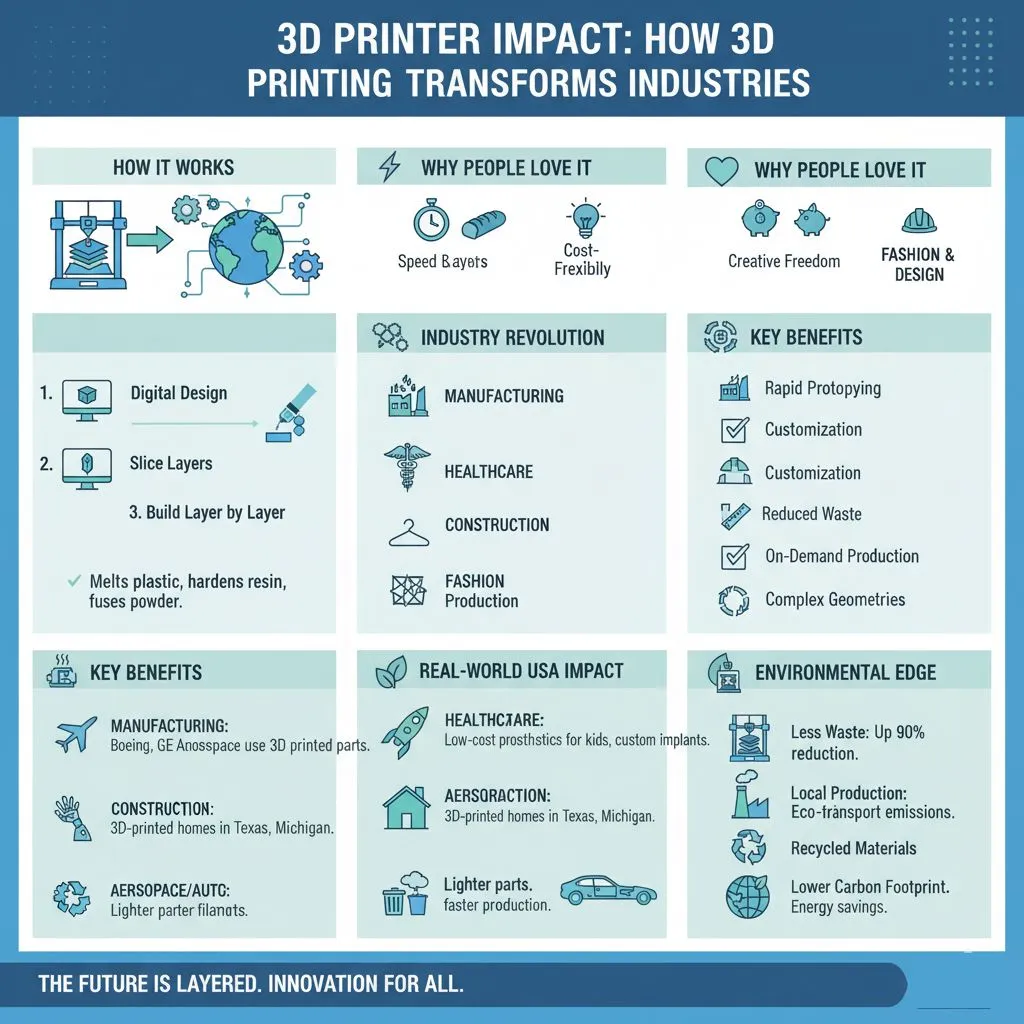
How 3D Printing Works in Simple Words
From Digital Model to Real Object
3D printing starts with a digital design. Someone creates or downloads a 3D file using design software.
The software then slices that design into thin layers, much like cutting a loaf of bread. Each layer guides the printer on what to build next.
The printer reads those slices and builds the object layer by layer. It may melt plastic, harden resin with light, or fuse powder with a laser — depending on the type of printer used. As the layers stack up, the full object takes shape from the bottom to the top.
3D Printer Breakthroughs have made this process faster and more precise than ever. For example, modern printers can now produce multi-material prototypes in hours instead of days, blending flexibility and strength in a single print.
This process turns a simple idea on a screen into something you can hold in your hand.
Why People Love It — Fast, Affordable, and Creative
Speed and flexibility: 3D printing enables the rapid transformation of ideas into tangible objects. You can go from plan to product in hours instead of weeks.
Cost-friendly: It builds only what’s needed, so there’s little waste. You don’t need expensive molds or a large factory setup to create something new.
Creative freedom: It gives anyone — from hobbyists to businesses — the power to design unique shapes, custom tools, or personalized items that traditional methods can’t easily make.
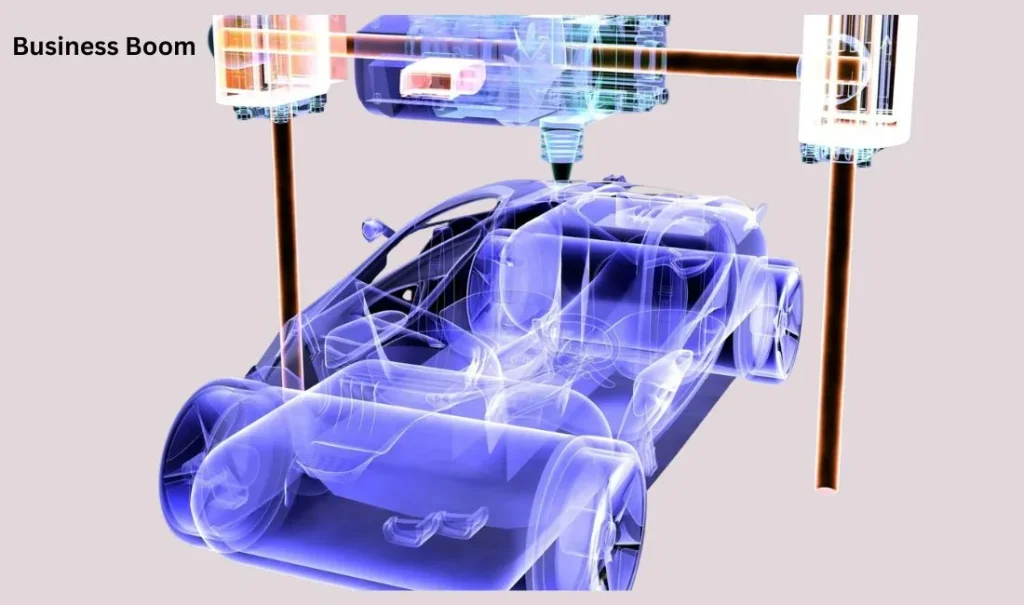
The Business Boom: 3D Printing in Manufacturing
Manufacturing in the USA is changing fast. Thanks to 3D printing, companies of all sizes are reshaping how they design and produce parts. It’s faster, cheaper, and far more flexible than traditional methods.
Custom Parts, Quick Prototypes, Lower Costs
3D printing enables the transformation of digital designs into physical products in hours, rather than weeks. Car makers can print custom parts instead of waiting for mass production to occur. Small workshops now make tools or jigs overnight for a fraction of the cost.
As materials and printers continue to improve, production costs are decreasing. Businesses can print short runs or unique parts without the need for expensive molds or lengthy wait times. That makes manufacturing quicker and more responsive to changes in demand.
Small Businesses Using 3D Printers for Product Design
It’s not just for large factories anymore. Small businesses and startups are using 3D printers to design, test, and refine their ideas in-house. They can create product samples, adjust designs instantly, and reprint with ease.
This flexibility lets new entrepreneurs test markets before investing in large-scale production. Customization is also easier — they can print unique or limited-edition items for niche buyers.
Examples: Car Parts, Tools, and Gadget Prototypes
Auto shops print replacement parts and fixtures. Toolmakers create prototypes to test fit and function. Gadget startups print product cases or samples before going to full production. These uses save time, cut costs, and encourage innovation.
Boosting USA Manufacturing Flexibility
3D printing gives American manufacturers a big advantage. It shortens lead times, reduces the need for large inventories, and allows instant design updates. Companies can adapt to new market needs faster than ever.
It also opens doors for small workshops to compete with bigger firms. By lowering production barriers, 3D printing helps keep U.S. manufacturing creative, agile, and strong.
Medical Marvels: Saving Lives with 3D Printing
The impact of 3D printing in medicine is not a future dream—it’s happening now. From prosthetics and implants to dental tools, this technology is reshaping care. Let’s explore how it helps individuals, personalizes treatment, and what the future may bring.
How 3D Printing Helps Make Prosthetics, Implants, and Dental Tools
- Custom prosthetic limbs once took long wait times and high costs. 3D printing allows faster, more affordable, tailored devices.
- In implant manufacturing, 3D printing creates designs that match a patient’s anatomy—joint replacements, dental screws, and skull plates fit better.
- Dentists use 3D printing to craft surgical guides, crowns, aligners, and custom implants. Patients get faster service and better comfort.
- Materials are advanced, including biocompatible plastics, titanium alloys, and ceramics, all designed for medical use.
- Hospitals print anatomical models from patient scans for surgery planning. This enhances accuracy and enables surgeons to rehearse complex operations.
Personalization for Patients
3D printing excels at personalization.
- Each patient’s anatomy is unique. Printers turn scans into devices that fit exactly.
- For prosthetics, this means sockets or limbs designed to match the residual limb, improving comfort and mobility.
- Implants that fit precisely reduce surgical time and improve healing.
- Dental guides ensure accurate drilling or implant placement, lowering risks and recovery time.
- Designs can be quickly adjusted to meet changes, especially important for children or evolving conditions.
Example: Low‑Cost Prosthetic Hands for Kids
Children requiring prosthetics face additional challenges, including growth, frequent replacements, and high costs. 3D printing offers a solution.
- Open‑source designs allow volunteers and clinics to print hands at low cost.
- Affordable printers and materials mean a child’s prosthetic can be reprinted as they grow.
- Custom fits improve usage: children can grasp toys and perform daily tasks more easily.
- While not all printed prosthetic hands are fully bionic, they significantly improve quality of life.
- As materials and designs improve, these devices will become stronger, safer, and more functional.
Future Impact on Healthcare Innovation
The transformation we see today is just the beginning.
- Bioprinting: Using living cells to print tissues and organs could help alleviate transplant shortages.
- On‑site printing during surgery can create implants that match the exact surgical need.
- Faster workflows—scan, design, print, fit—reduce time for urgent cases.
- Custom devices can lower overall healthcare costs by reducing complications and hospital stays.
- Smaller clinics and remote areas may use 3D printing to create devices locally.
- Advancements in materials will enable the development of stronger, lighter, and more biocompatible implants.
The combination of scanning, digital design, and 3D printing opens doors that were once closed. Prosthetics, implants, and dental tools are just the beginning. For DIY enthusiasts and small business owners, 3D printing presents genuine opportunities to enhance lives and drive innovation in healthcare.
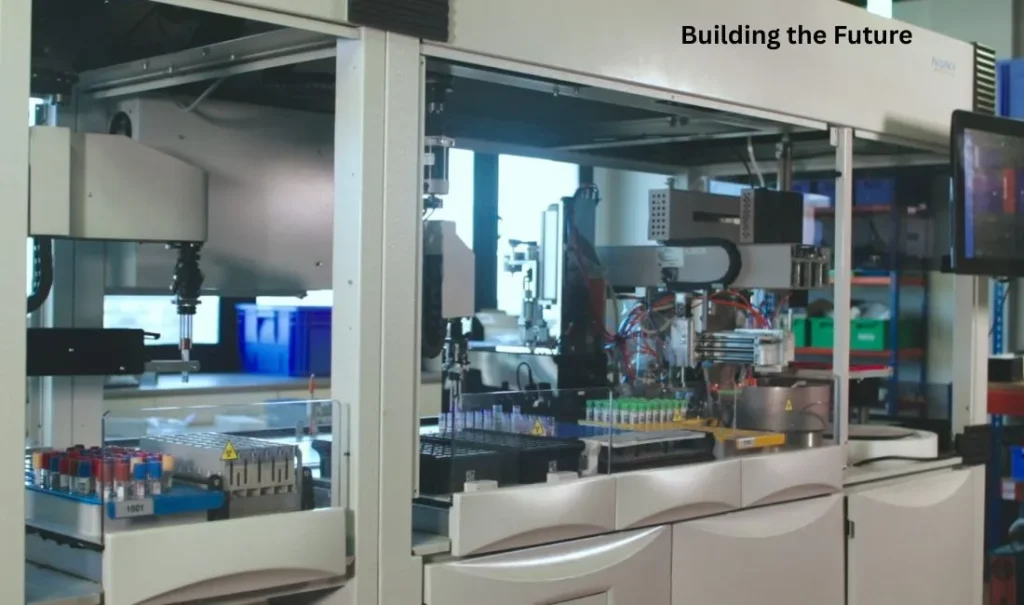
Building the Future: 3D Printing in Construction
How houses and structures are printed
Large-scale 3D printers now build homes layer by layer using concrete mixtures. They follow a digital model to form walls, which are later finished with plumbing, wiring, and interior touches. Printed walls can be curved or seamless, offering creative shapes and efficient material use.
Speed, cost savings, and less waste
3D printing homes is much faster than traditional methods. Some homes can have their walls printed in as little as a week. Faster builds reduce labor costs and lower construction delays. Precision printing also minimizes waste by using only the necessary material and cutting off excess off-cuts.
Sustainable materials for eco-friendly builds
Many 3D-printed homes use low-carbon or recycled materials, reducing the overall environmental impact. Energy-efficient designs with fewer seams improve insulation. Local production also cuts transport emissions, making the process greener and more sustainable.
Real USA projects using printed homes
- Wolf Ranch, Texas – A community using 3D-printed walls for several homes.
- East 17th Street Residences, Austin – Homes with printed ground floors and fast construction timelines.
- Detroit, Michigan – A two-bedroom 3D-printed home demonstrating urban application.
3D printing in construction is no longer just an experimental technology. It’s shaping a faster, cheaper, and more sustainable future for U.S. housing.
Creative Revolution: Fashion, Art, and Design
Artists and Designers Using 3‑D Printers
3‑D printing has opened a new toolbox for artists and designers. Instead of only sketching and sewing, creators can design precise digital models and print them layer by layer into real pieces.
Fashion designers now create dresses with no seams, tailored exactly to the wearer. Others combine LEDs and 3‑D printed structures, blending wearable art, fashion, and technology.
This approach gives creators freedom to imagine shapes, textures, and materials that were once difficult or impossible to make by hand.
Custom Jewelry, Shoes, and Art Pieces
Jewelry & accessories
3D printers can produce tiny, intricate forms. Designers now create custom jewelry and art pieces with fine details, using resin, metal, or high-strength polymers. Each piece can be personalized to the wearer’s measurements.
Shoes & footwear
Fashion brands are 3D printing midsoles and lattice structures for sneakers. This reduces waste, speeds up the prototyping process, and allows for a precise fit for individual feet.
Art & wearable sculptures
3D printing supports wearable art and display pieces. Designers create dresses and jackets with flexible nylon or organic forms, turning garments into expressive art rather than just functional clothing.
Creativity Meets Technology
Customisation & personalisation: Every piece can be tailored. Shoes, jewelry, and clothing fit exactly to the user.
New shapes and materials: Designers can create lattice structures, interlocking components, and fluid shapes that traditional methods cannot produce.
Reduced waste & faster iteration: Layer‑by‑layer printing reduces overproduction, and many elements can be printed on demand.
Democratic access for DIY makers: Hobbyists and small studios can also print their own accessories, shoes, and art pieces, bringing high-tech design to everyday creators.
3D printing isn’t just a tool. It transforms how designers think, create, and share fashion, art, and design. It offers more control, more creativity, and opens new possibilities for both business and DIY.
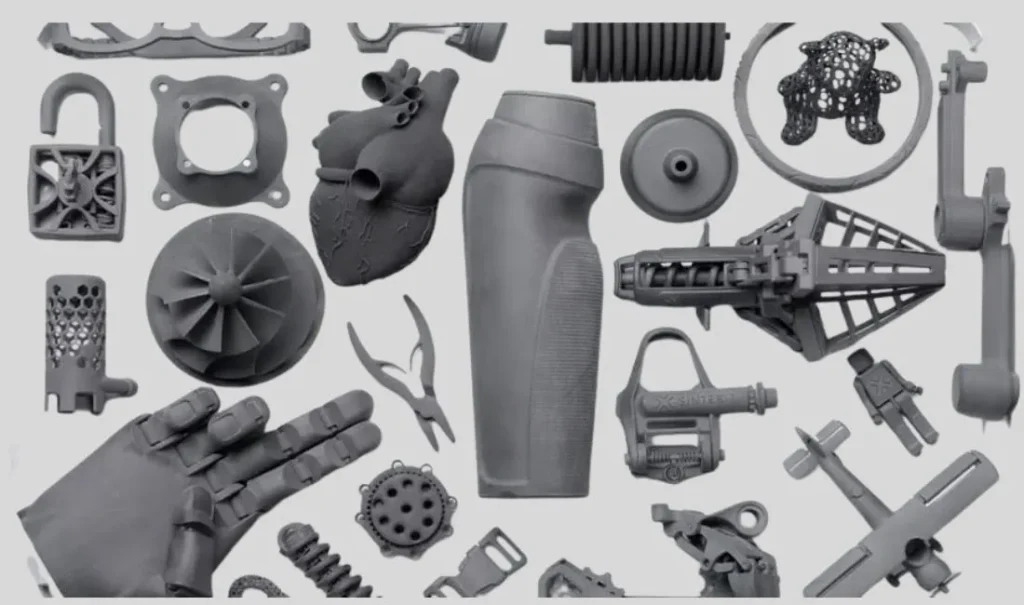
Aerospace and Automotive Advancements
Lightweight 3D‑Printed Parts for Airplanes and Cars
In both aerospace and automotive fields, reducing weight is crucial. Lighter parts improve fuel efficiency, boost performance, and lower costs. Using 3D printing, engineers can design and build parts with fewer materials and less waste. Companies are now producing brackets and structural components through 3D printing that are both lighter and stronger than traditionally made parts.
In aerospace, fewer parts mean less assembly time and fewer fasteners, which reduces the number of points of failure. In the automotive industry, similar gains are being made: lighter chassis parts, customized body panels, and specialized tooling are now being printed for production or low-volume runs.
Saving Time and Resources
3D printing reduces lead times and minimizes material usage. Parts that once took weeks or months to machine are now printed in days. Additive methods reduce part counts and speed up turnaround.
Because of printing, companies save on raw material waste. They also need fewer inventories of spare parts: if a part breaks, it can be printed on demand instead of waiting for long supply chains. This lowers costs, reduces downtime, and provides greater design freedom.
How Major U.S. Companies Adopt It
Several major U.S. aerospace and automotive players are already using 3D printing extensively:
- Boeing has integrated tens of thousands of 3D printed parts across its aircraft fleet.
- GE Aerospace uses additive manufacturing for jet engine components. One example: a fuel-nozzle component that was previously made up of many parts is now printed as a single piece, reducing points of failure and simplifying builds.
- Specialized firms produce large metal-printed structures for aerospace, enabling manufacturers to create larger and more complex parts than traditional methods allowed.
In the automotive world, manufacturers are utilizing 3D printing not only for prototyping but also for producing production-grade parts and customized low-volume runs. The technology enables efficient manufacturing without massive tooling investments.
The Environmental Edge: Greener Production
When you pick up a spool of filament or load a build plate on a 3D printer, you’re stepping into more than just a creative hobby. You’re entering a space where the machine can help reshape how we produce things—and how we impact our planet. Let’s walk through how 3D printing helps with less waste, local production, recycled materials, and a lower carbon footprint.
Less Waste
Traditional manufacturing often means cutting away large chunks of raw material. That means scrap. Big batches. Lots of waste. But 3D printing uses an additive process—it builds only what’s needed. Some studies show it can reduce scrap material by up to 70‑90% compared to traditional methods.
Also, failed prints or support structures still exist, but the overall material usage tends to shrink. Improved designs—like using lattice or hollow structures—let objects use less plastic, metal, or resin while keeping functionality.
Local Production
Here’s a big win: printing closer to where a product will be used cuts down on transportation. Fewer shipments across oceans or continents. Fewer trucks. Fewer air‑freight miles. On-demand local production using 3D printers helps drop logistics emissions and packaging waste.
For small businesses or DIY users in the USA, that means you can print parts at your shop or even your garage instead of importing them. That not only shortens your supply chain—it shrinks your environmental footprint too.
Recycled Materials
Using recycled filaments or powders is becoming more common in the 3D printing world. For example:
- Filaments made from reclaimed plastics (like recycled PET or ABS) reduce demand for new plastic.
- Bio-based filaments (PLA made from corn starch or sugar-cane feedstock) help divert reliance on fossil fuels.
- In construction and larger-scale printing, companies are incorporating waste materials, such as industrial scraps and recycled plastics, into building material mixes.
This movement points toward a circular economy mindset in 3D printing—waste becomes a raw material instead of being simply discarded.
Reducing Carbon Footprint
When you combine reduced material use, local production, and the use of recycled materials, you achieve a significant reduction in greenhouse gas emissions.
- Less material means less extraction of raw resources and less energy used in shaping them.
- Local production reduces transport emissions, resulting in fewer trucks and ships, as well as less packaging.
- Lightweight parts from optimized 3D printing designs also contribute to this. In aerospace and automotive sectors, lighter parts mean less fuel used.
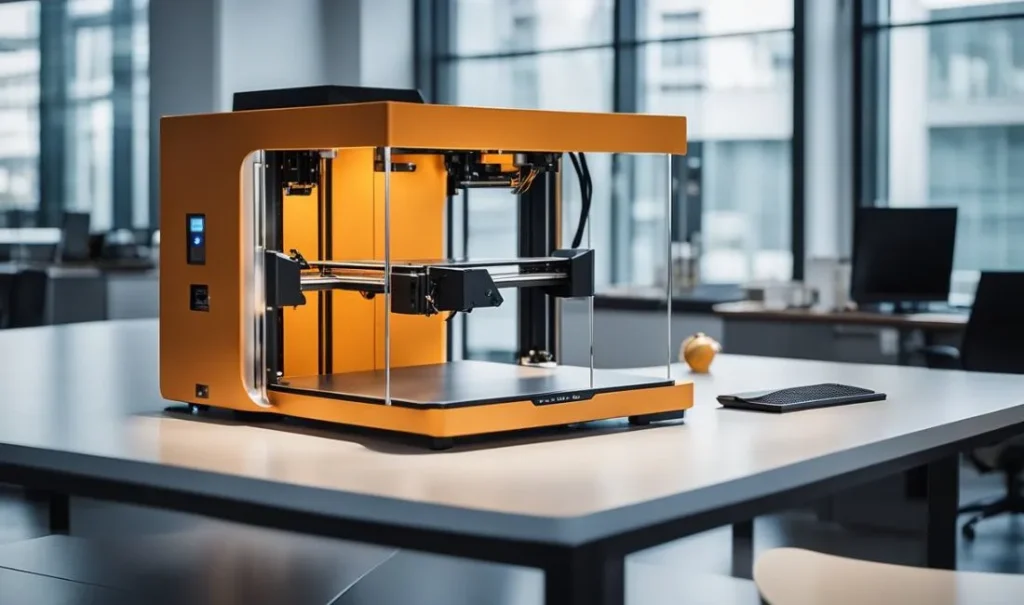
The Future of 3D Printing
What’s Next? AI, Materials, and Smart Printers
3D printing is getting smarter. AI helps design, monitor, and fix prints automatically. New materials include metals, plastics, ceramics, and eco-friendly filaments. Smart printers adjust settings mid-print, save material, and run with less supervision.
Opportunities for DIY Users and Small Businesses
DIY makers and small businesses can benefit big. Smart printers simplify work. New materials let you experiment and create unique products. Printing locally saves time and money. Faster prototyping means testing ideas is easier than ever.
Why the USA Leads Innovation
The USA drives 3D printing forward. Startups and industries invest in new materials, AI tools, and advanced printers. Large markets enable small businesses to adopt new technology quickly. Aerospace, automotive, and healthcare industries drive innovations that benefit everyone.
Conclusion
3D printing is transforming industries across the USA and worldwide. From manufacturing and healthcare to construction and art, it empowers creativity, efficiency, and innovation. Small businesses and hobbyists can benefit just as much as large corporations. Its eco-friendly potential and fast production make it a game-changer. As technology evolves, 3D printing will continue reshaping how we make, design, and build. Layer by layer, it’s rebuilding our world — one object at a time.
Frequently Asked Questions of 3D Printer Impact
What is 3D printing and how does it work?
3D printing is a process that turns digital designs into real objects. Layers of material build the object step by step.
How does 3D printing benefit businesses?
It saves time, reduces costs, and allows fast prototyping. Small businesses can create custom products quickly.
Which industries use 3D printing the most?
Manufacturing, healthcare, construction, fashion, automotive, and aerospace are leading sectors using 3D printing.
Can 3D printing be eco-friendly?
Yes! It reduces waste, uses sustainable materials, and supports local production, lowering the carbon footprint.
Is 3D printing only for professionals?
Not at all. Hobbyists, DIY enthusiasts, and small businesses can use 3D printers with beginner-friendly models.
What’s the future of 3D printing in the USA?
The future includes smarter printers, new materials, and more industries adopting 3D printing for innovation.
Can 3D printing create medical devices?
Absolutely. Prosthetics, implants, dental tools, and surgical models can be customized for patients using 3D printing.
